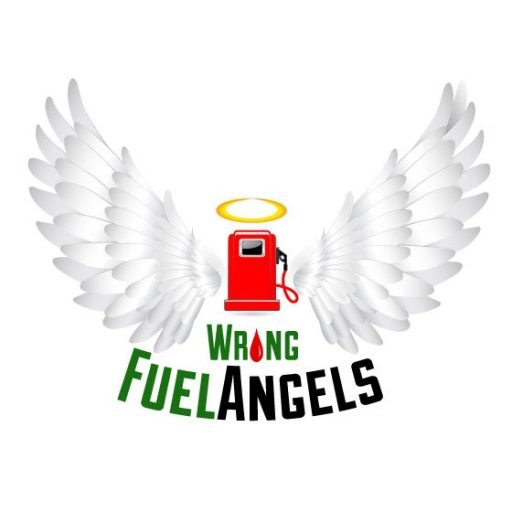Petrol stations make up a usual part of our landscape. They are a great necessity, and the most important part of everyday life in the modern world. However, they will soon be a thing of the past, as the changes in auto-fuels develop, and the design of automobiles adapt. But where did they come from, in what ways do they differ internationally and how did they evolve?
The Status Quo
Currently a service station sells engine and fuel lubricants for motor vehicles and has a particular system. Dispensers are used to pump petrol, diesel, or other types of fuel, the cost of which will be calculated from what was filled into the vehicle. In some parts of Australia fuel dispensers are known as bowsers, and gas pumps in North America. The term gas station is widely used in the United States, Canada and the English-speaking Caribbean, where the fuel is known as gasoline or gas as in gas pump. In some regions of Canada, the term gas bar is used. Elsewhere in the English-speaking world, mainly in the Commonwealth, the fuel is known as petrol, and the term petrol station or petrol pump is used. In the United Kingdom and South Africa garage is still commonly used. Similarly, in Australia, the term service station (“servo”) describes any petrol. In some regions of America and Australia, many filling stations have a mechanic on duty, but this is uncommon in other parts of the world.
The Worlds First “Filling Station”
The first ever filling station was in Wiesloch Germany in 1888, which recorded Bertha Benz, a German automotive pioneer, refilling the tank of her vehicle on its maiden trip from Mannheim to Pforzheim, which was the first long distance journey taken by an automobile. Shortly thereafter other filling stations popped up, as a sideline for businesses, and soon spread worldwide. The world’s first purpose-built gas station was built in1905 St Louis Missouri. The second was in California created by Standard Oil. The first “drive-in” filling station, named the Gulf Refining Company, opened in Pittsburgh on Dec 1, 1913.
Design
Most service stations are built in a similar manner, with most of the fuelling installation underground, the pump machines in the forecourt and a point of service inside a building. Single or multiple fuel tanks are usually deployed underground. Local regulations and environmental concerns may require a different method, with some stations storing their fuel in container tanks, entrenched surface tanks or unprotected fuel tanks deployed on the surface. Fuel is usually offloaded from a tanker into the tanks through a separate valve, located on the filling station’s perimeter. Fuel from the tanks travels to the dispenser pumps through underground pipes.
Fuel Dispensers
Fuel dispensers differ greatly across the globe, in Europe and Australia for instance, there are colour coded options available depending on the fuel type. Usually the unleaded petrol pipe is smaller than the diesel or leaded fuels, this is to prevent a customer inadvertently using the wrong fuel and potentially damaging their engines. Motorists occasionally pump petrol into a diesel car by accident. However, Diesel fuel in a petrol engine, whilst creating large amounts of smoke, does not normally cause permanent damage if drained in time. However even a litre of petrol added to the tank of a modern diesel engine can cause irreversible damage.
For more information on using the wrong type of fuel contact Wrong Fuel Angels.
